In an age where technology is woven into the very fabric of our daily lives, the evolution of watches stands as a testament to humanity’s relentless pursuit of innovation. From the intricate dance of gears in a gilded mechanical marvel to the seamless connectivity of smart technology, the journey of timekeeping reflects not only advancements in craftsmanship but also shifts in societal needs and desires. As we unravel the timeline of watches, we delve into the artistry behind their creation, the science fueling their precision, and the cultural significance they embody. Join us as we explore how these remarkable instruments have transformed through the ages, capturing the essence of time in ever-evolving forms.
The Art of Precision: Journey from Traditional Mechanics to Modern Timekeeping
The evolution of timekeeping devices showcases a fascinating journey marked by ingenuity and dedication. At the core of this journey lies the tradition of mechanical watchmaking, where artisans poured their skills into crafting intricate movements. These traditional masterpieces were characterized by **gears**, **cogs**, and **springs**—components that worked in harmony to measure the passage of time with remarkable accuracy. Each piece was a reflection of human creativity, often adorned beautifully, reflecting the craftsmanship that went into its creation. Artisans prided themselves not only on their precision but also on the aesthetics of their timepieces, creating personal stories embedded in every watch.
As technology advanced, the watchmaking industry began to embrace innovation, leading to the introduction of quartz movement in the 1970s. This game-changing development reduced the reliance on mechanical components, allowing for unparalleled accuracy and affordability. The transformation didn’t stop there; the rise of smartwatches has redefined what a timepiece represents today. Modern watches now synchronize with smartphones, track fitness, and even enable communication. As we look at the contrasting elements between traditional and modern timekeeping, it becomes clear that precision has evolved, now encompassing not just **mechanical clarity** but also **digital connectivity**. Here’s a quick comparison:
| Aspect | Traditional Watches | Modern Smartwatches |
|---|---|---|
| Mechanism | Mechanical or quartz | Digital, connected |
| Functionality | Timekeeping | Health tracking, notifications |
| Craftsmanship | Artisan-made, intricate designs | Technologically advanced, customizable |
Embracing the Digital Age: How Smartwatches Redefine Functionality and Fashion
In an era where technology intertwines with daily life, smartwatches emerge as quintessential companions, transforming not just how we perceive time but how we interact with our environment. With their sleek designs and multifunctional capabilities, these wearable devices illustrate a remarkable fusion of **functionality** and **style**. Users can now enjoy a range of features that seamlessly integrate into their routines, including health monitoring, communication, and even navigation. As aesthetics evolve hand in hand with technological advancements, the once humble timepiece has transcended mere functionality and become a statement piece, reflecting personal style and tech-savvy poise.
Exploring the capabilities of modern smartwatches reveals a plethora of features that cater to the sophisticated needs of today’s society. Whether you’re an athlete tracking your fitness goals or a busy professional managing notifications at a glance, smartwatches have something to offer everyone. Below is a glimpse of the **primary functions** that these devices deliver:
| Feature | Description |
|---|---|
| Health Tracking | Heart rate monitoring, step counts, and sleep analysis. |
| Connectivity | Syncs with smartphones for calls and messages. |
| Customization | Switchable straps and face designs to suit any occasion. |
| Navigation | Built-in GPS for tracking outdoor activities. |
As we delve deeper into this digital landscape, it’s clear that smartwatches have not only redefined timekeeping but also paved the way for a lifestyle that encourages connectivity and self-awareness. They demonstrate that the **intersection of fashion** and **functionality** is not only possible but essential in a fast-paced world where time is of the essence.
Preserving Heritage: Tips for Maintaining Classic Watches in a Tech-Driven World
In an era dominated by digital timepieces, classic watches require an extra layer of vigilance to ensure their longevity. To maintain the aesthetic and functional integrity of these heirlooms, consider implementing the following strategies:
- Regular Servicing: Schedule professional maintenance every 3-5 years to keep the movement in top condition.
- Keep Away from Moisture: Avoid exposure to water unless the watch is specifically designed for it. Moisture can corrode delicate components.
- Use a Watch Winder: For automatic watches, a winder helps maintain movement and lubrication even when not worn.
- Store Properly: Use a padded watch box to prevent scratches and damage, especially if you own multiple timepieces.
Additionally, it’s essential to keep the watch’s appearance pristine. This not only involves physical care but also an understanding of materials used. For instance, vintage watches often feature delicate glass and rare metals susceptible to scratches and tarnishing. Implement these best practices:
- Polish with Care: For precious metals, use a soft microfiber cloth to gently polish without removing the original finish.
- Be Cautious with Straps: Leather straps can absorb moisture; consider changing them periodically to avoid wear and tear.
- Avoid Extreme Temperatures: Extreme heat or cold can affect the mechanics of your timepiece. Store them in climate-controlled environments where possible.
In Retrospect
In a world where time is both a precious resource and a relentless companion, the evolution of watches reflects not just technological advancements but also the intricacies of human innovation. From the delicate craftsmanship of mechanical marvels that once adorned the wrists of nobility to the sleek sophistication of today’s smart technology, each tick encapsulates a story of progress and adaptation. As we stand at the crossroads of traditional artistry and digital ingenuity, it becomes clear that the essence of timekeeping is not merely in its function but in its ability to connect us across generations. As we look to the future, the question remains: how will we continue to redefine our relationship with time? The journey of watches is far from over; it is an ongoing testament to our desire to embrace the minutes, hours, and moments that shape our lives.


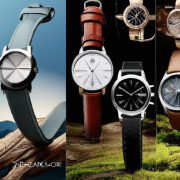
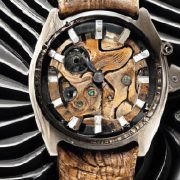
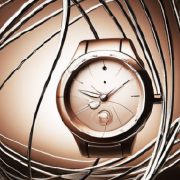
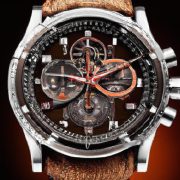
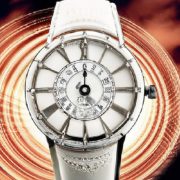

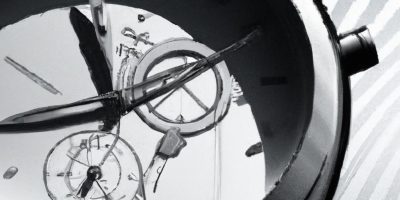
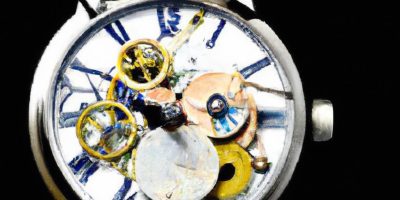
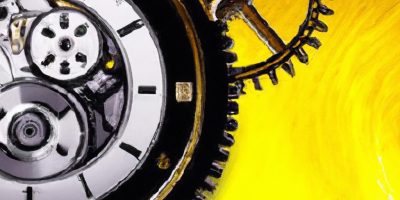


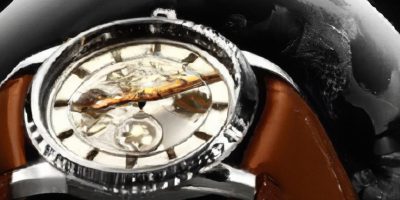



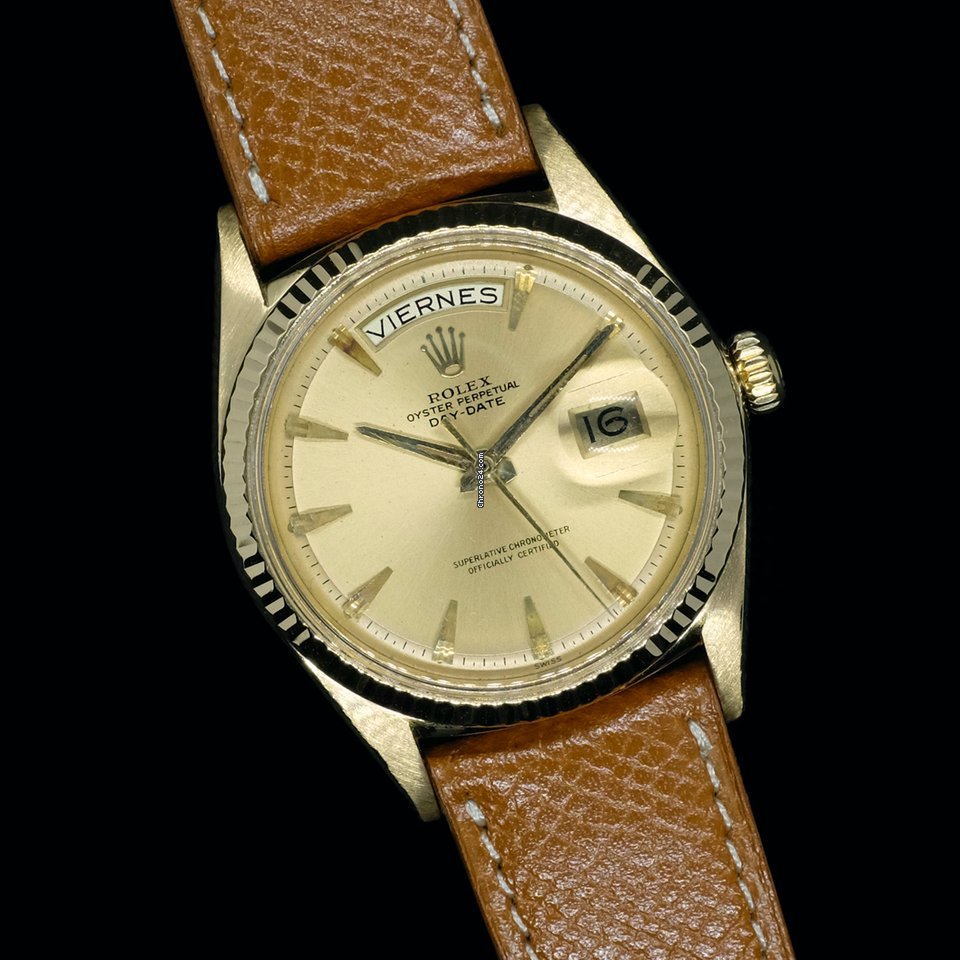
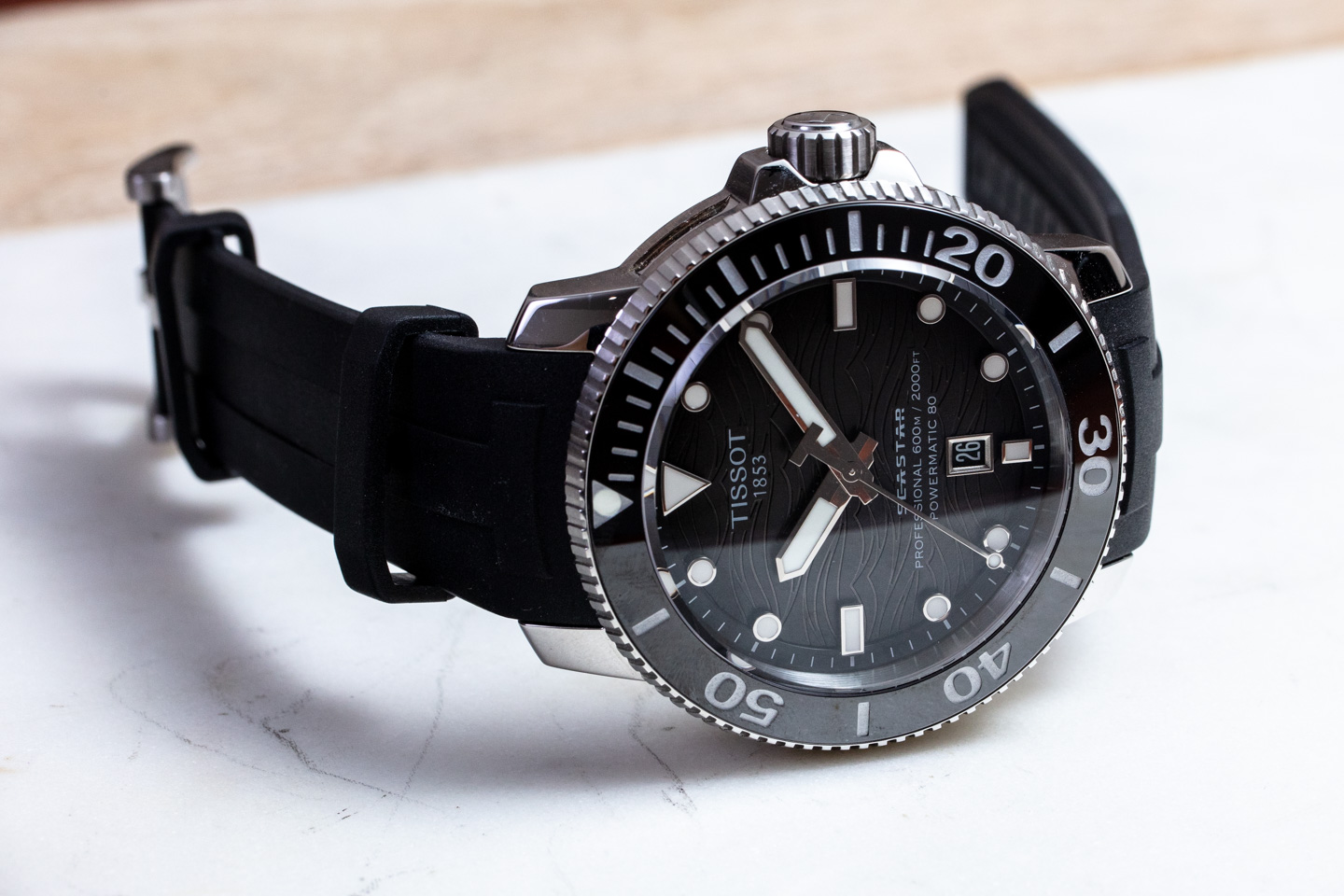
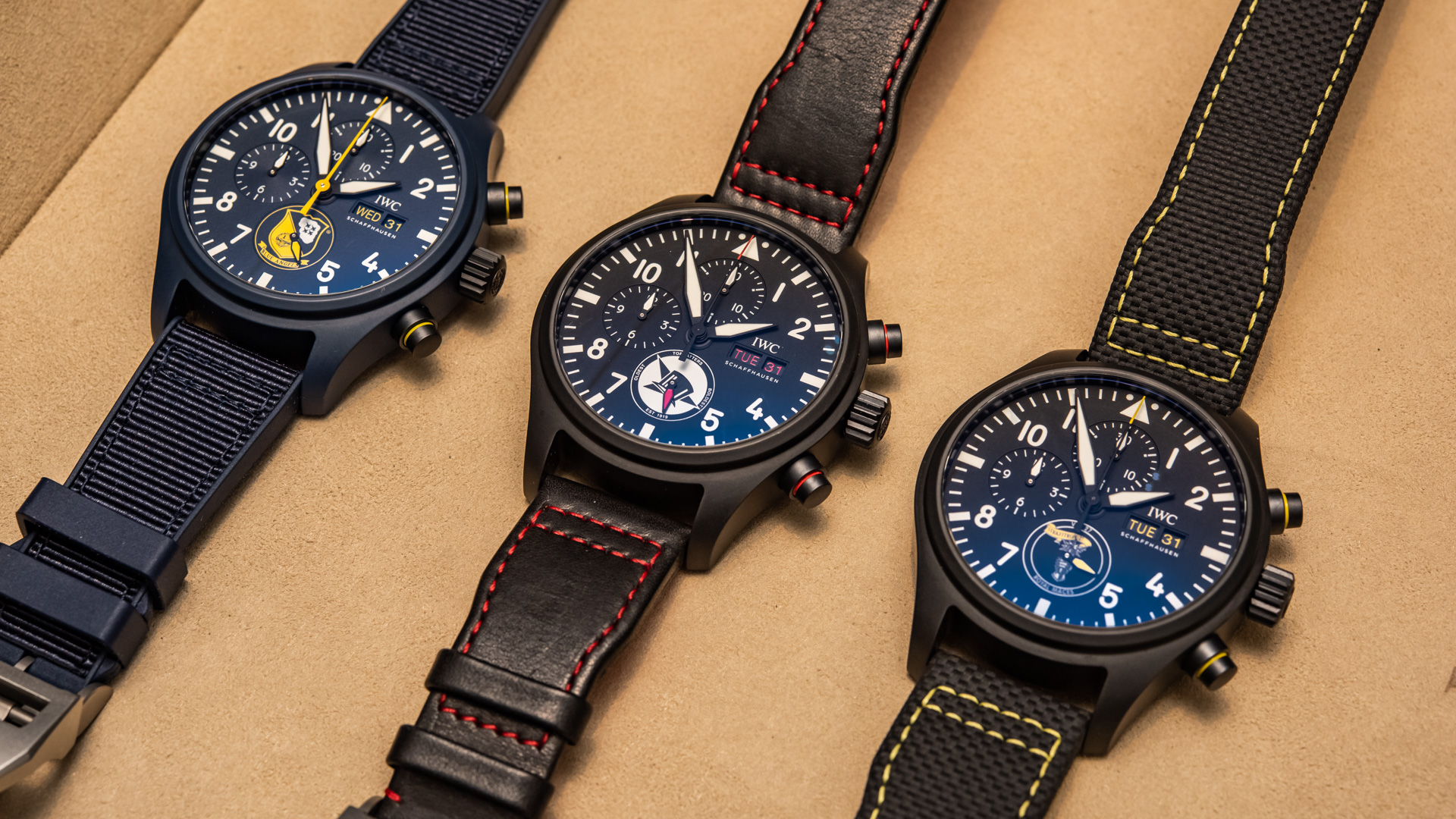
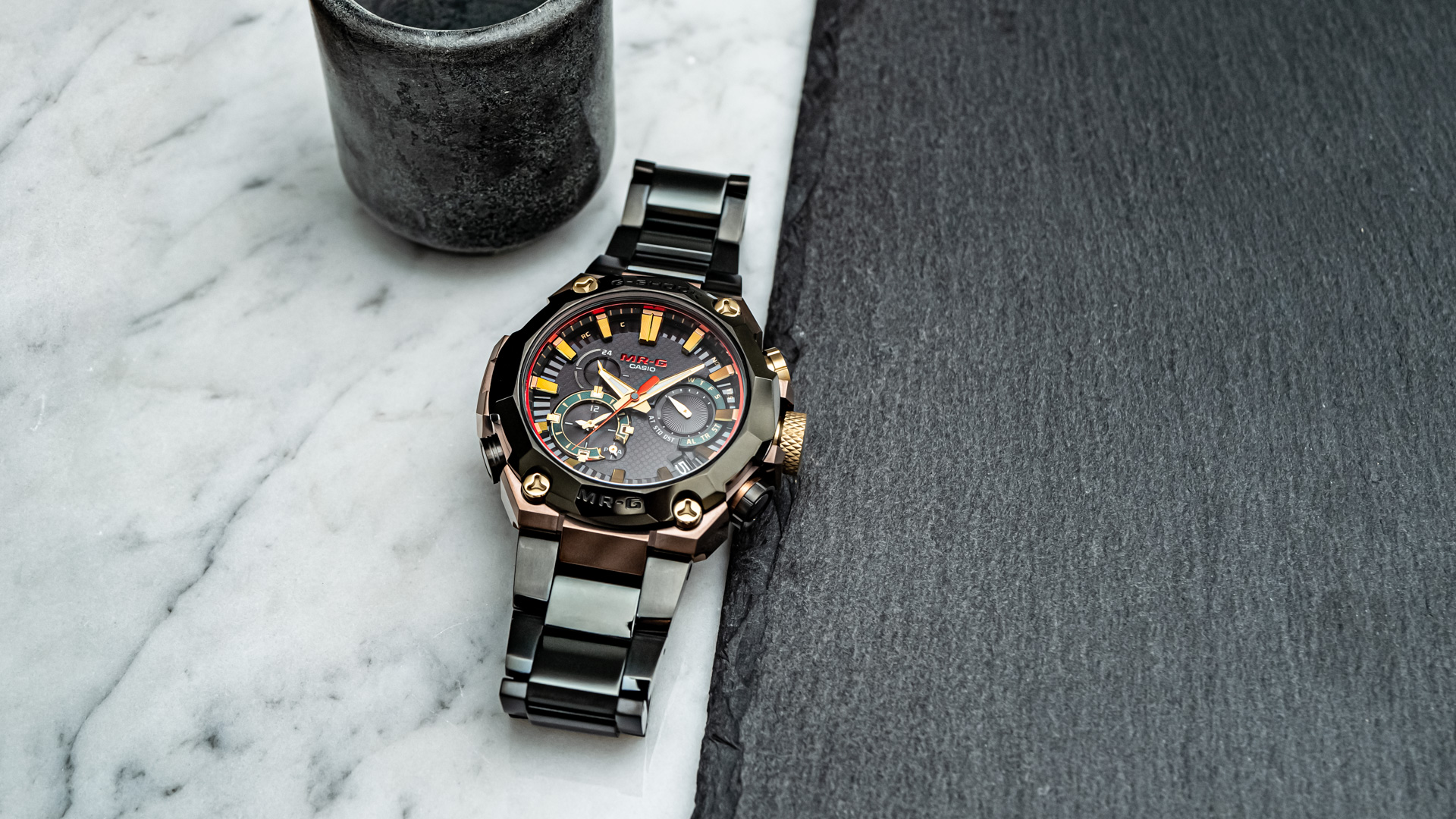
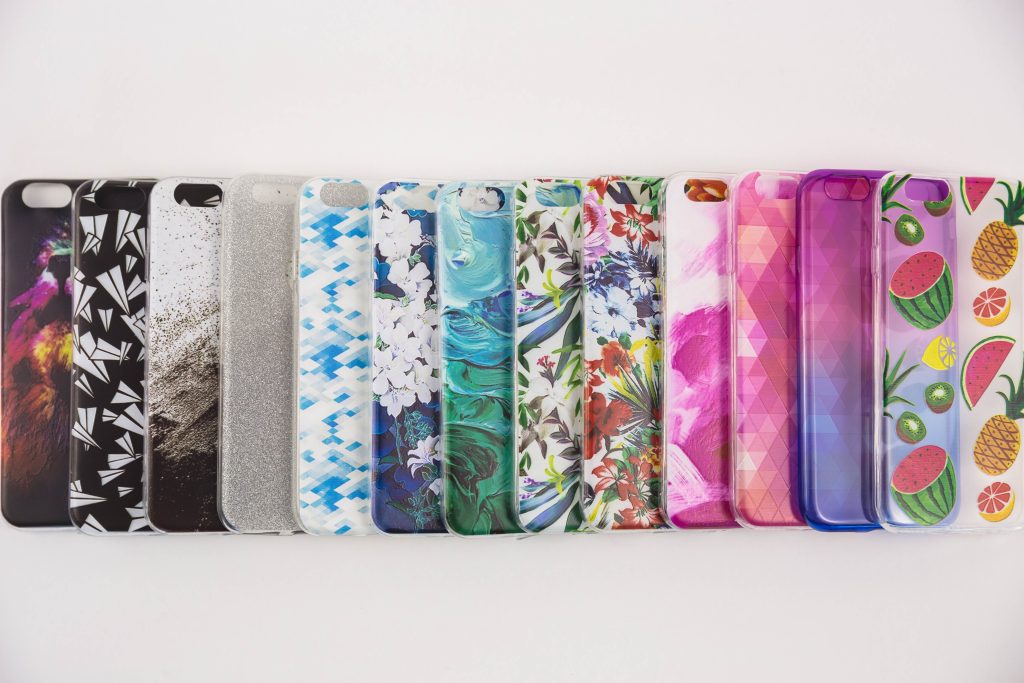

Comments